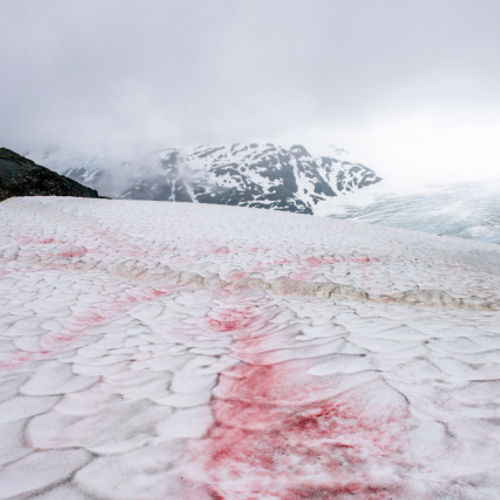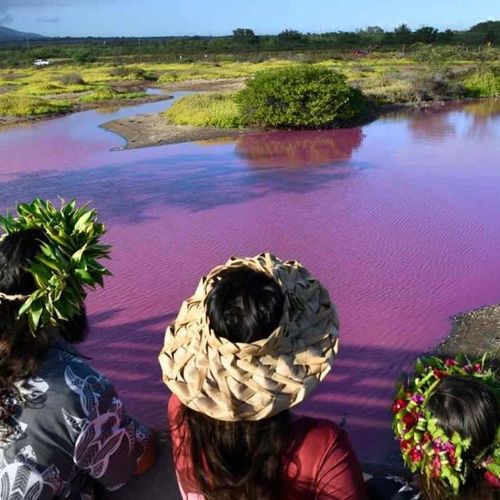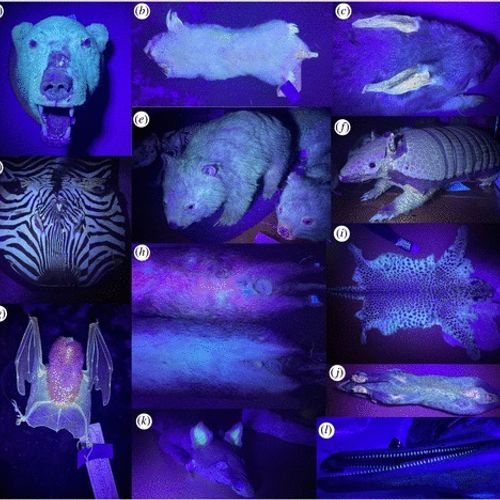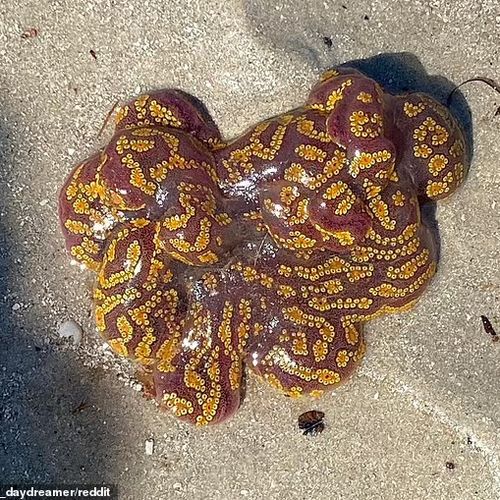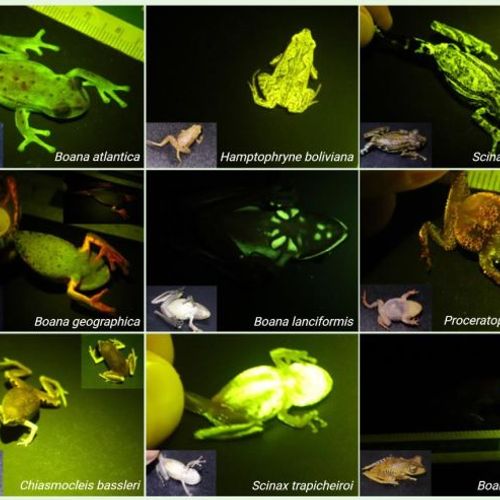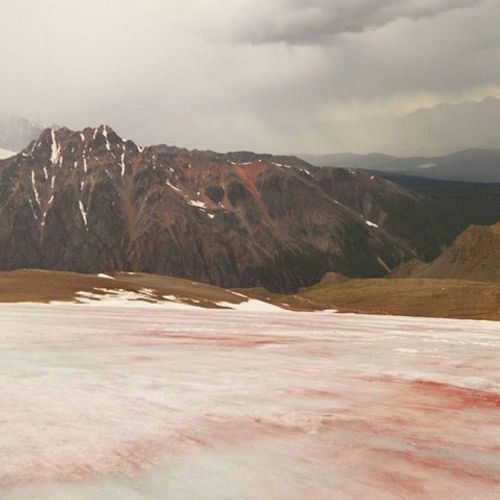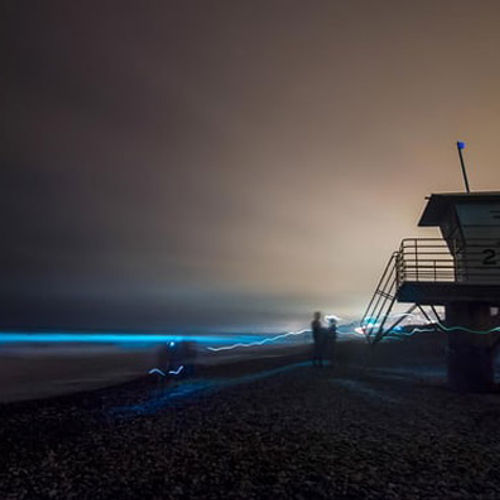
| Added | Sun, 13/05/2018 |
| Источники | |
| Дата публикации | Sat, 12/05/2018
|
| Версии |
A bloom of bioluminescent algae along the coast of southern California has covered the Pacific ocean, terrible and fantastic neon blue glow. At night the beaches are photographers and spectators hoping to witness the natural phenomenon.
The algae bloom known as red tide, light waves along a 25-kilometer section of the coastal strip.
"Bioluminescence occurs always, but just not at this level, says James Sullivan, a researcher from the Oceanographic Institute Harbor Branch (USA). This time the phenomenon is incredible."
It is unknown how long the flowering. In September 2013, the last time San Diego saw a red tide, the ocean bloomed a week. Other red tides lasted a month or even longer.
According to Michael Lutz from the SCRIPPS institution of Oceanography at the University of California in San Diego (USA), the current red tide consists of dinoflagellates, one of which is Lingulodinium polyedra is known for a bioluminescent show. There is a huge concentration of tiny organisms causes the water to appear reddish during the day. But the real spectacle begins at night, when any mechanical impact, for example, the movement of the water causes the organisms to emit light.
Dinoflagellates — tiny plants that can float. Like any plant, they require certain conditions (nutrients, light, heat) to grow, and when conditions are suitable, their population can dramatically increase, creating a huge bloom. Dinoflagellates contain an enzyme and protein that, when exposed to connect and create a flash of light.
Scientists do not know exactly why dinoflagellates have developed the ability to create light. One theory suggests that the flashes of light scare the main enemy organisms — microscopic crustaceans known as zooplankton. Another theory is that the light attracts fish that prey on zooplankton, reducing the chances of algae to be eaten.
Dangerous red tides can produce enough toxins to poison fish and other marine life. One of these toxic compounds is saxitoxin, a neurotoxin which can affect humans when they eat infected shellfish. Another by-product of algal blooms — doveva acid, high concentrations of which is a serious threat to California sea lions and other marine mammals.
Translated by «Yandex.Translator»
© UC San Diego
Translated by «Yandex.Translator»
Новости со схожими версиями
Log in or register to post comments



